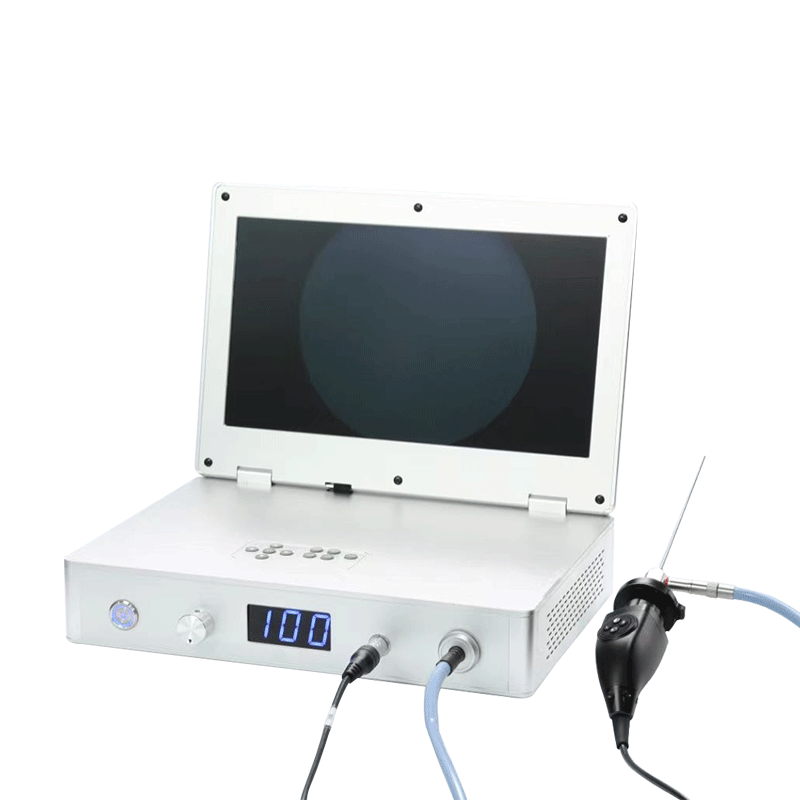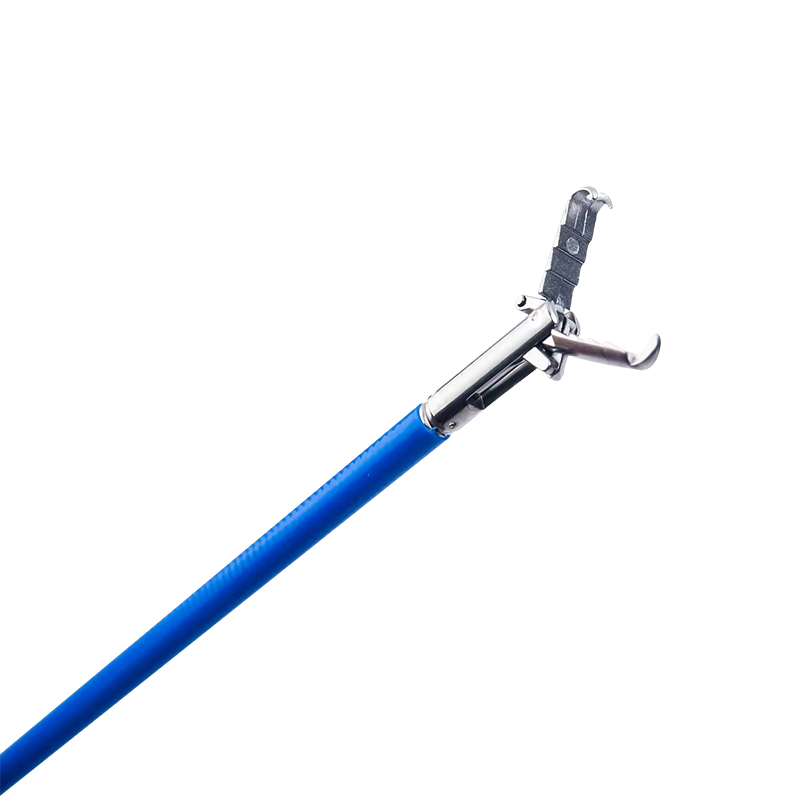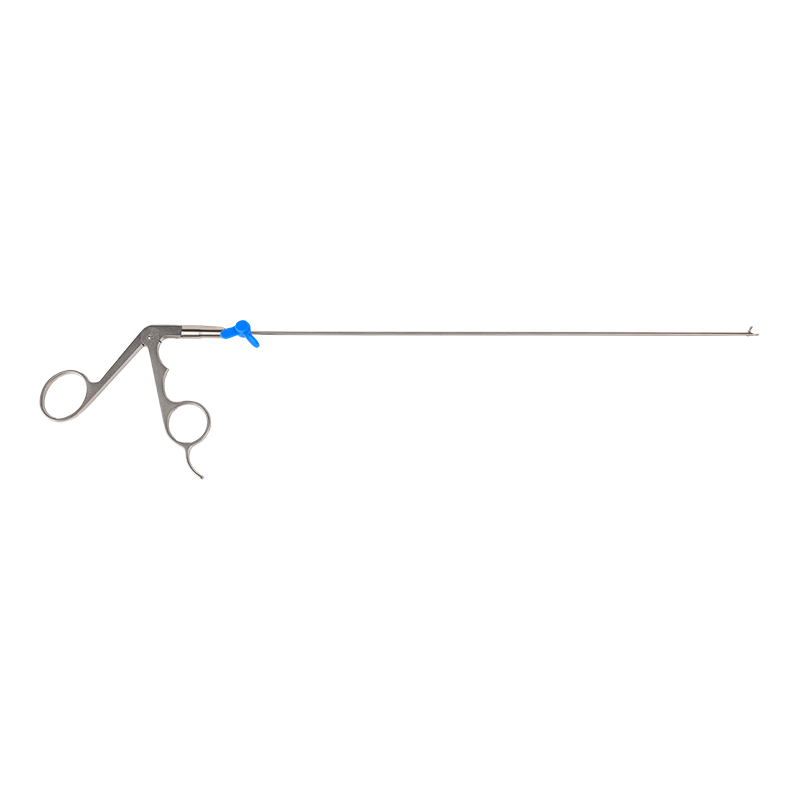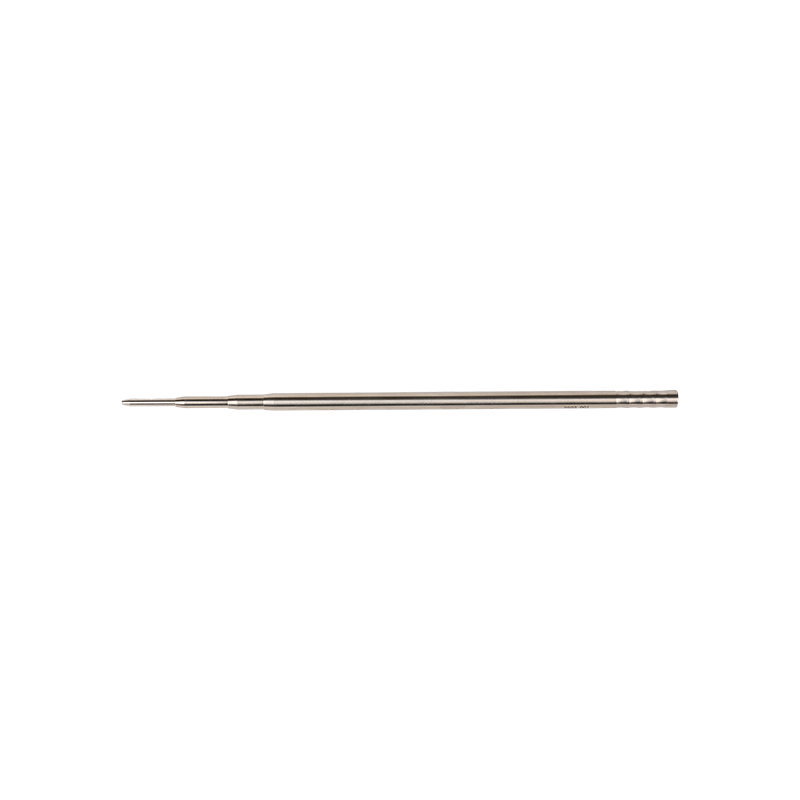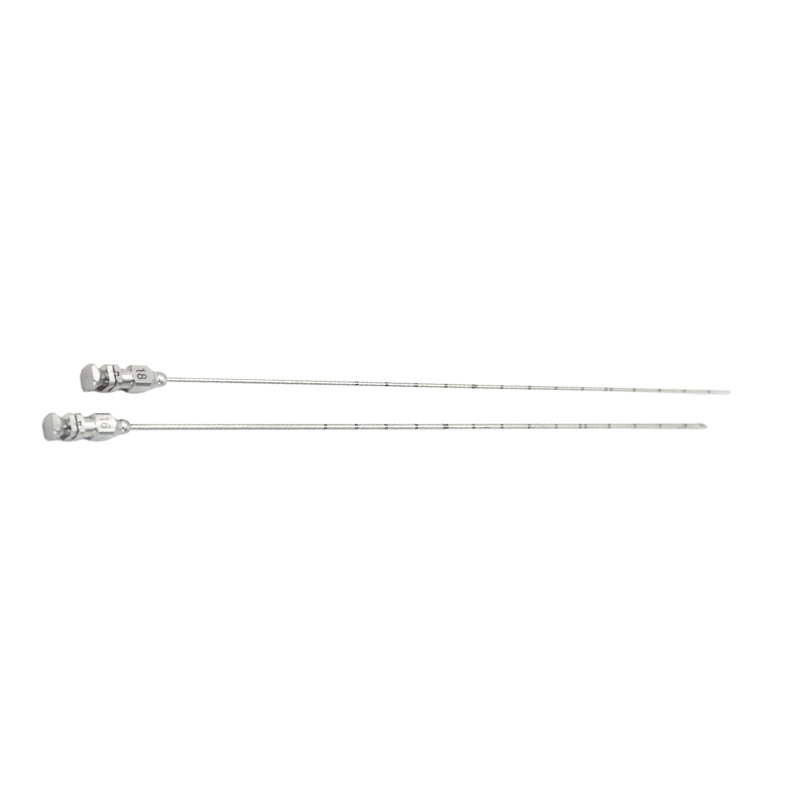Arthroscopic surgery, a minimally invasive technique, has become the gold standard for diagnosing and treating joint diseases. From meniscal tears to cartilage damage, arthroscopy is favored by both doctors and patients for its minimal trauma, rapid recovery, and short hospital stays. In these procedures, the arthroscopic planer plays a crucial role, allowing for the precise removal of diseased tissue, refinement of cartilage surfaces, and clearing of the joint cavity.
In recent years, with advancements in medical technology, the emergence of the disposable arthroscopic planer is quietly transforming the practice of arthroscopic surgery.
Advantages of the Disposable Planer
1. Sterility and Prevention of Cross-Contamination
This is the greatest advantage of using a disposable arthroscopic planer. Traditional planers require complex cleaning, disinfection, and high-pressure steam sterilization before they can be reused. If this process is not carried out meticulously, there is a potential risk of cross-contamination, especially when dealing with high-risk pathogens like prions or multi-drug resistant bacteria. A disposable planer completely eliminates this risk; each blade is strictly sterilized at the factory, individually sealed in a sterile package, and is for single-use only, ensuring the highest safety standards for the procedure.
2. Superior Cutting Performance for Surgical Quality
The disposable arthroscopic planer is designed for single-use, which means every blade is in a brand-new, sharp condition. Unlike reusable instruments that may have diminished performance due to wear and tear, a disposable planer provides consistent and efficient cutting ability. This reduces surgical time, minimizes tissue damage, and enhances surgical precision. This superior performance is critical for clearing debris from the joint cavity, excising hypertrophic synovium, or smoothing uneven cartilage surfaces.
3. Cost-Effectiveness and Increased Efficiency
While a disposable planer may seem to increase the per-procedure material cost, it offers considerable long-term comprehensive benefits. First, it eliminates the need for cleaning, disinfecting, and sterilizing traditional planers, which reduces the maintenance costs of related equipment (like autoclaves) and personnel involvement. Second, because the sharpness of the blade is always consistent, surgical time is shortened, and the operating room’s turnover efficiency is correspondingly increased. For medical institutions, this is not only an economic saving but also a significant improvement in operational efficiency.

Technological Innovation: Driving the Development of Disposable Planers
The development of the disposable arthroscopic planer is inseparable from advancements in material science and manufacturing technology. Modern disposable planers are typically made from high-hardness, wear-resistant stainless steel or special alloys, ensuring they can withstand high-intensity work during a single use. At the same time, precise CNC machining technology allows for more accurate blade shapes and angles, adapting to the needs of different surgical sites and types of diseased tissue. From full-cut to grinding-type, from straight to angled heads, a wide range of disposable planers provides doctors with diverse options, allowing them to more flexibly handle complex surgical situations.
Conclusion
The disposable arthroscopic planer is becoming a future trend in arthroscopic surgical instruments. With its unparalleled safety, superior performance, and significant cost-effectiveness, it brings unprecedented benefits to both doctors and patients. As its technology continues to mature and costs are further optimized, it is expected to soon become a standard configuration for arthroscopic surgery, providing high-quality treatment to more patients.

 English
English عربى
عربى Español
Español